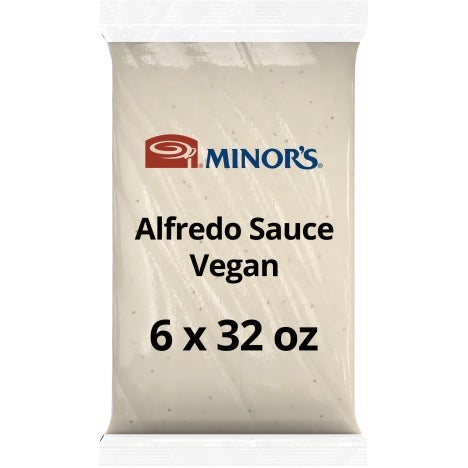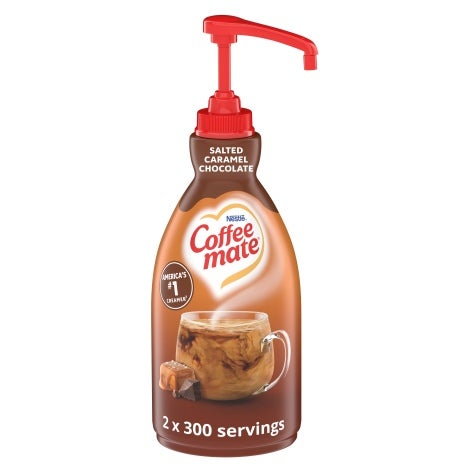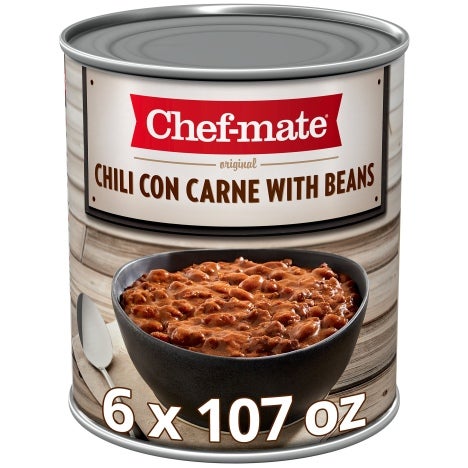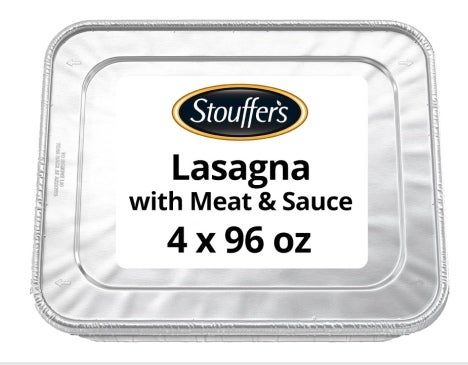
Tips and Techniques for Smooth-Functioning Kitchens
When the kitchen is stressed, productivity and teamwork suffer. Learn to control the pressure in advance. We have tips to make everything run smoother.
News flash: During crunch time, it’s not a burst of spontaneous teamwork that makes things happen with efficiency, speed, and accuracy. Foodservice kitchens function only as well as all the pre-shift planning, prep work, and organization that ready these arenas for action that borders on but never quite gets out of control. Done right, stress levels are eased, service improved, guest and staff satisfaction higher. Here are proven ways to bring new order, greater productivity, and fewer flareups among crew members.
- Create a logical sense of order and flow, working with the kitchen layout, staff size, and menu needs. Stations for sautéing, grilling, frying, salad/cold items—often called garde manger, desserts, and sauces are among the most common. Space and staffing limitations often require that some stations be doubled up. While a fry and dessert station makes no sense, a combined garde manger and dessert station can be workable
- Ingredients for all menu items a station supports should be close at hand, portioned out, and as close to ready for use as possible. This is called mise en place, a French term that roughly translates to “putting in place.” Most of this work can—indeed should be done—pre-shift, often handled by prep cooks. All items should be clearly labeled with contents and date
- Cultivate a sense of respect for foods and equipment that belong to certain stations—in other words, think twice about “borrowing” mise en place from another area. Knives often are personal property of cooks and chefs and woe to the person who grabs one that doesn’t belong to them
- Standardized recipes and operating procedures, ideally documented in a training guide that’s shared with the crew and available to them at any time for refresh, provide a valuable reference point for how kitchens operate
- Clearly delineated responsibilities with a Plan B at the ready allow kitchens to hum along nicely, even when things start to unravel. The inevitable staff shortage or a station that gets slammed particularly hard might require a quick pivot; having a back-pocket plan helps
- Step back and observe what’s going on in the heat of a busy night battle, watching for traffic patterns and areas that get jammed up. To the extent possible, fine-tune the layout to trim steps and extra movements. Seek input from runners, stewards, line cooks, FOH staff—anyone whose work involves the kitchen, its setup, and functionality
- Simplify menus with an aim of a curated list of items that are appealing, practical, executable, and in line with food-cost expectations. POS reports, a motherlode of information, indicate what sells while inventory management software flags the most profitable menu items. Lop off slow sellers and food-cost hogs. Practice FIFO—first in, first out for food items, with rigor and discipline. Find ways to cross-utilize more on-hand products
- Dry erase boards are low-tech tools done right, a down-and-dirty way for kitchens to communicate specials, 86ed items, and other key information
- In the main kitchen area, open shelving and hanging racks keep needed gear visible and near at hand. Keep them stocked only with essentials that can be accessed with speed and ease
- Keep the tone light, deflecting hot spots and stress points as they arise
The information provided is based on a general industry overview and is not specific to your business operation. Each business is unique, and decisions related to your business should be made after consultation with appropriate experts.








